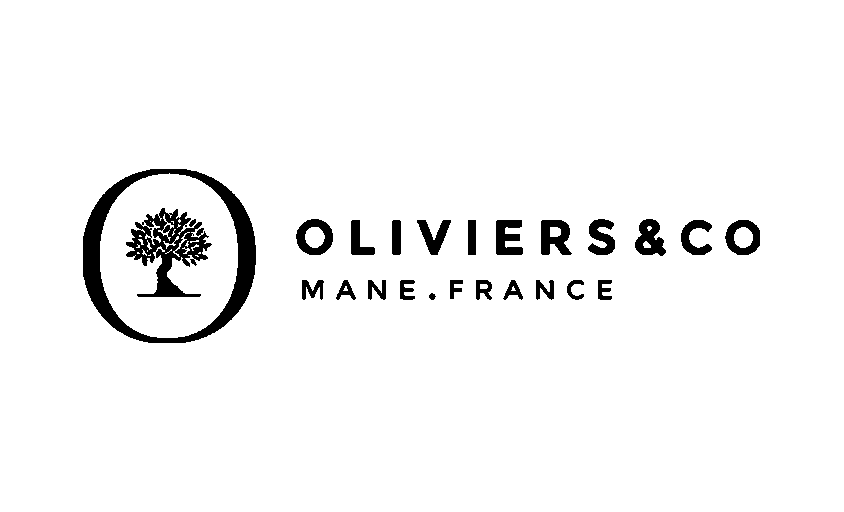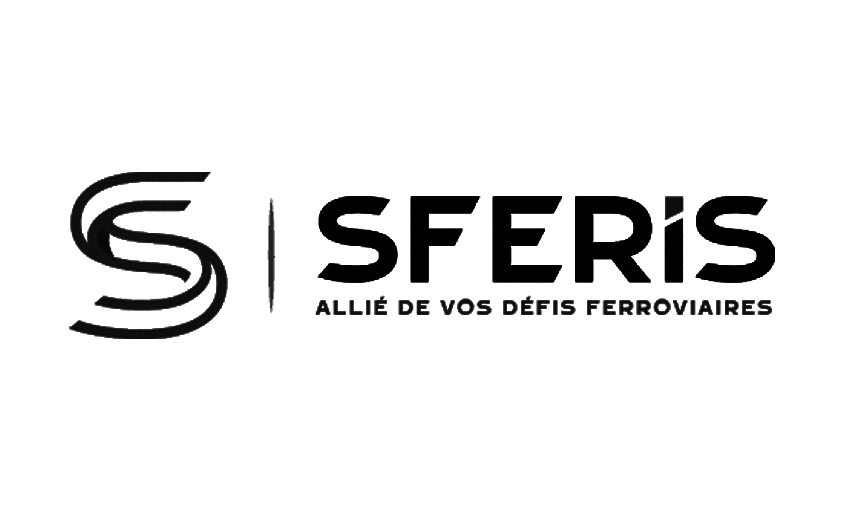Camera Lens
In this article :
In photography, the camera lens is one of the most critical elements in determining image quality. It directly affects sharpness, depth of field, brightness, angle of view, and distortion. Choosing the right lens for your needs is essential to achieve optimal results, whether for portraits, landscapes, macro, or sports photography.
The Different Types of Camera Lenses
There is a wide range of lenses, each with specific characteristics suited to various shooting styles:
- Prime Lenses: Offer larger apertures and superior optical quality but lack zoom capabilities.
- Zoom Lenses: More versatile, allowing you to change focal length without swapping lenses, ideal for situations requiring adaptability.
- Wide-Angle Lenses: With a focal length of less than 35mm, they capture wide scenes, making them popular for landscape and architecture photography.
- Telephoto Lenses: With long focal lengths (from 70mm), they allow you to capture distant subjects, perfect for sports or wildlife photography.
- Macro Lenses: Designed for close-up photography with high detail, commonly used in still life or scientific photography.
- Fisheye Lenses: Create an extreme distortion effect with a field of view over 180°, often used for artistic results.
Each lens type has its unique characteristics and should be chosen based on your desired outcome.
Key Criteria for Choosing a Lens
Besides the type of lens, several technical factors influence its use and quality:
- Focal Length (mm): A shorter focal length provides a wider angle of view, while a longer one brings subjects closer.
- Maximum Aperture (f/): A lens with a larger aperture (e.g., f/1.8) allows more light in and offers better control over depth of field.
- Optical Stabilization: Reduces camera shake, especially useful for long focal lengths or low-light conditions.
- Lens Quality: Some lenses use special glass to minimize chromatic aberrations and ensure sharper images.
- Compatibility with the Camera Body: Ensure the lens mount is compatible with your camera.
These criteria directly impact the quality of your shots and user experience.
Maintenance and Proper Use of Your Lens
A lens is a delicate piece of equipment that requires regular maintenance to ensure optimal performance:
- Use a Lens Hood: Protects the lens from glare and accidental impacts.
- Regular Cleaning: Use a microfiber cloth and a suitable cleaning solution to avoid scratches.
- Careful Lens Changes: Avoid dusty environments and protect the camera sensor.
- Transport in Dedicated Cases: Prevents shocks and dust during travel.
Proper maintenance extends the life of your lenses and maintains their optical quality.
Conclusion
The camera lens is a key accessory in photography, directly influencing composition and image quality. Choosing the right lens for your needs allows you to make the most of your camera and achieve professional results. By taking care of your equipment and mastering its features, every photographer can optimize their workflow and enrich their visual style.
Do you have the right lenses to meet your creative needs?
Jérémy Carlo is the editorial director at Rétines, where he ensures the consistency and clarity of all content produced by the studio.
Our Clients
Let’s discuss
What we do for you at Rétines
Meticulous work, an organised project and fast delivery. And to achieve this, we mobilise the right resources in our teams at the right time.
01
Pre-production
Artistic and technical direction tailored to the project.
Relevant recommendations on content, form and resources.
02
Photo Shooting
Photos taken by our experienced photographers.
Production that’s controlled, efficient and tailored to the needs of the project, with nothing superfluous.
03
Retouching
Technique
Photographs magnified by our retouching team.
Post-production to meet the commercial challenges of the brief.












